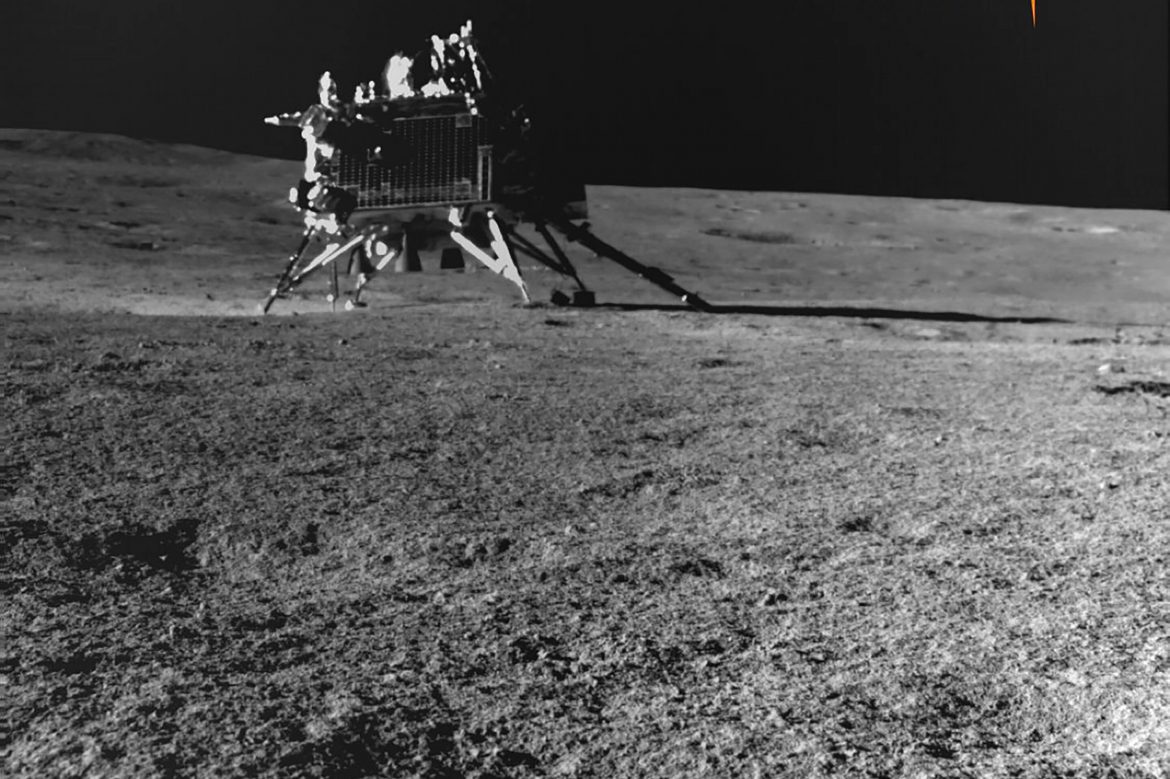
India Lands on the Moon
India has achieved a historic feat by soft landing on the south polar region of the Moon. With this event, India joins the elite club of soft-landers on the Moon as the fourth country after the United States, the Soviet Union and China. Beyond a scientific and technological achievement, the landing symbolises national unity.
Only days after the Russian Luna-25 spacecraft spiralling out of control and crashing on the surface, this achievement once again demonstrates the challenge of landing on the Moon’s south polar region. The highly irregular surface of this region is full of pits and rocks.
India’s second lunar mission had attempted a soft landing on this region in 2019, but the lander and rover were unfortunately destroyed. That mission’s orbiter is still in operation and continues to transmit data to Earth.
This successful landing in the lunar south pole region is intended to search for water-based ice that could support life on the Moon, as well as to discover resources that could be used as fuel for expeditions to Mars and other distant destinations. Scientists say the permanent shadow areas in this region are large and may contain reserves of water ice.
The Chandrayaan-3 mission carries five scientific instruments to examine and study the physical properties of the Moon’s surface, the atmosphere near the surface and what is going on underground. Data from the scientific instruments aboard the surface rover called Vikram, point to a confirmation on the presence of sulphur and that several other elements were detected while searching for signs of frozen water near the Moon’s south pole about a week after landing on the Moon.
A post on the website of ISRO (Indian Space Research Organization) reports that the rover’s laser-induced spectroscope instrument also detected aluminium, iron, calcium, calcium, chromium, chromium, titanium, manganese, oxygen and silicon on the lunar surface.
India’s interest in the Moon affects the entire world. The global interest in the Moon has led many countries to accelerate their missions to the lunar surface. Scientists believe that the Moon still has many secrets to discover and see it as a gateway to deep space. That’s why lunar exploration generates excitement in science and technology, with the potential to open the door to further discoveries in the future.
It is also remarkable that this achievement was possible with a budget of only 75 million US dollars.
REFERENCES
- 1. https://phys.org/news/2023-08-india-moon-rover-sulfur-elements.html
- 2. https://www.bbc.com/news/world-asia-india-66594520
- 3. https://phys.org/news/2023-09-india-moon-rover-scientists-frozen.html
